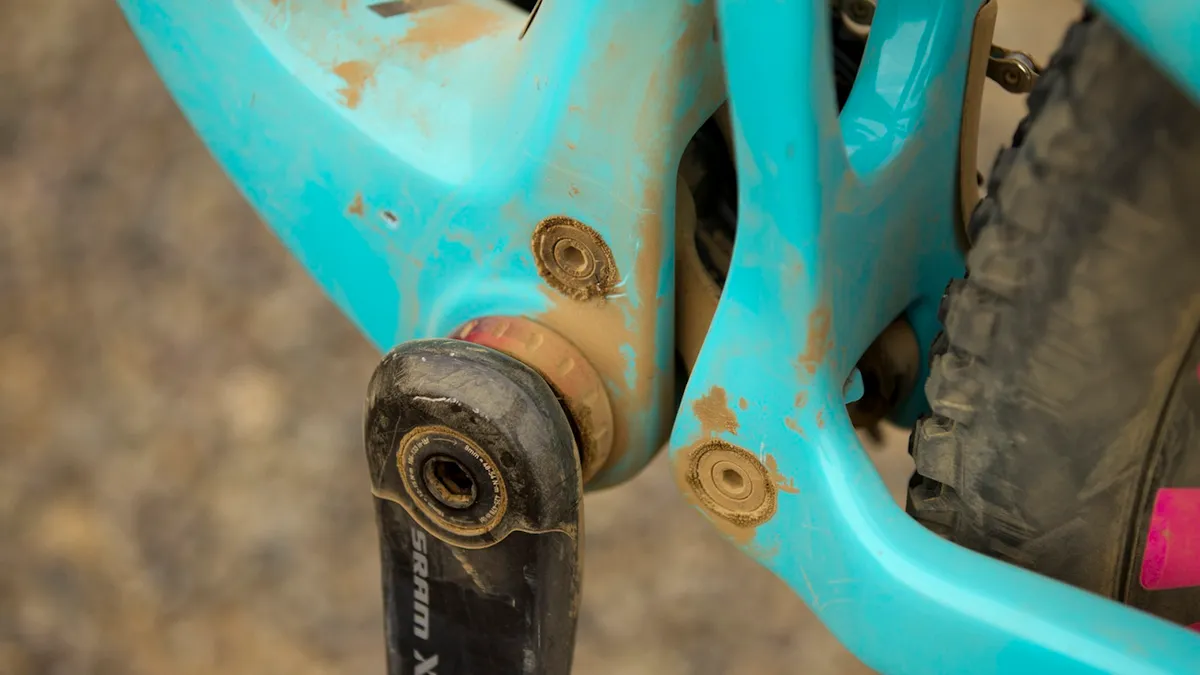In this edition of Trail Tech we venture inside the mind of Santa Cruz engineer and director of quality Joe Graney. Since 2001, Graney has been designing, testing and redesigning many of the Santa Cruz models beloved by mountain bikers around the world.
Graney is a man of frank talk and strong opinions. His passion for the craft is readily apparent, as is his disdain for industry standards that don’t offer tangible benefits to the rider.
We caught up with Graney at the launch of the redesigned Santa Cruz Nomad in Santiago, Chile, and picked his brain about the development of the new bike, as well as the future of mountain bike design.
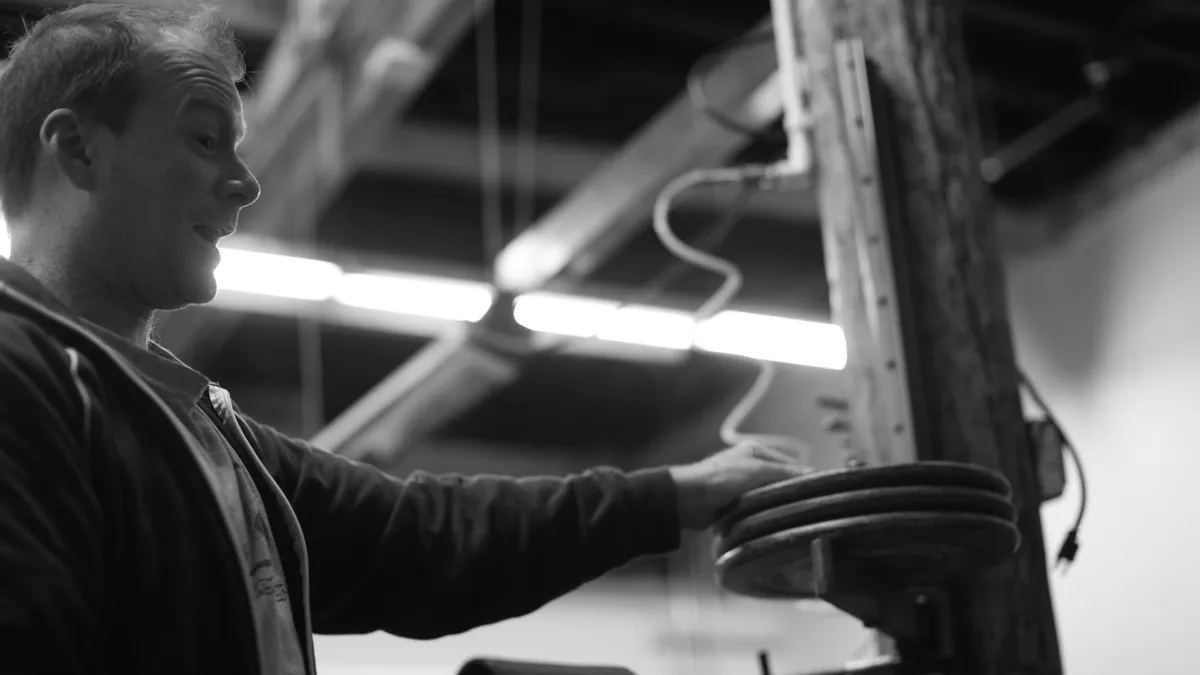
At the Nomad launch you mentioned that the Bronson seemed like an easier project, so you switched gears to focus on that. What made the redesign of the Nomad so challenging?
The Nomad was having an identity crisis. Was it a coil shock bike or an air shock bike? Was it “all-mountain” or “mini DH”? What do those things even mean?
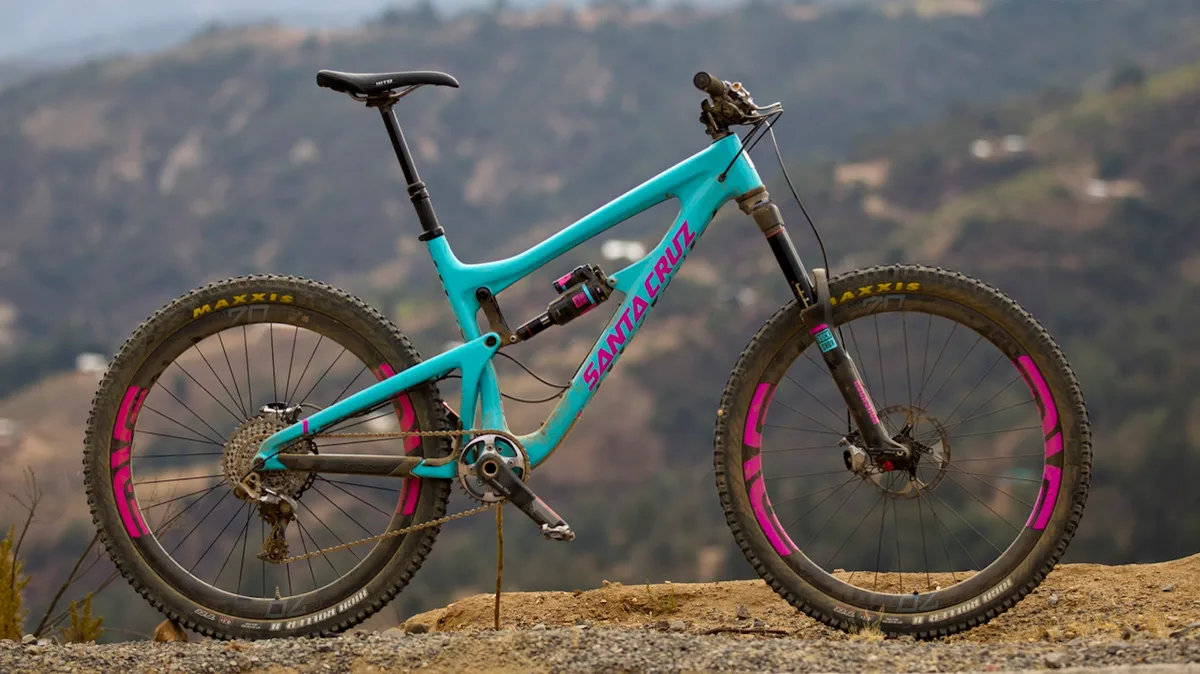
The convergence of wide-range single chainring drivetrains with the rise of enduro racing set the stage for the Nomad’s redesign
Marketing types often pitch new bikes as “the best ever” with “zero compromises,” but as an engineer you work in a world of give and take. What are some of the major compromises that one must take into account when developing a bike such as the Nomad?
Geometry and fitting parts are the fundamental challenges. How slack is too slack, how low is too low? How can you fit a front der if the tire is overlapping the cage? Would anyone use a front derrailleur on this bike anyway? How can you fit a piggyback shock and a water bottle? Should we have adjustable travel or geometry and what are the compromises in doing that?
The Nomad appears to usher in some significant changes for Santa Cruz. Specifically, internal routing, a recessed lower link and the 1x-specific frame design. Are these technologies that you plan to incorporate into future projects?
This might sound like a cop-out answer, but we really evaluate each model and incorporate what is best for the riders. For the Nomad, 1x was a tough decision, for other bikes it might swing a different way. The internal routing came from the fact that it was 1x, actually. If it had a front derailleur it might not have been. [The cross-over of the rear derailleur cable from left to right on the down tube is done inside the molded tunnel, and prevents rubbing on the head tube.]
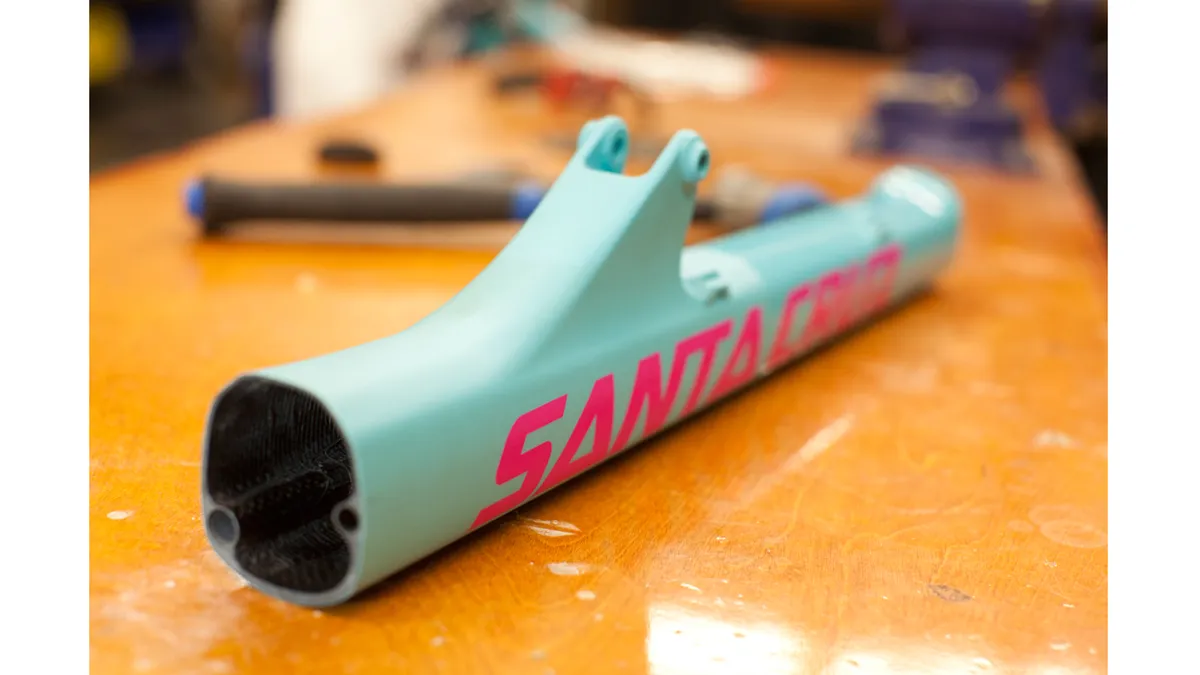
Carbon tubes molded into the Nomad's down tube make guiding cables through the frame a painless process
Do you think 1x frame designs will become the norm? Is the front derailleur destined for extinction?
There are times when an expanded gear range is preferred, or closer steps between gears is preferred. The front derailleur is hard to package on modern bikes, if the mechanism was changed to address some of the issues (noise, chaindrop, extra shifters, weight, etc.) then I think riders would opt to have more gears rather than less in a lot of cases.
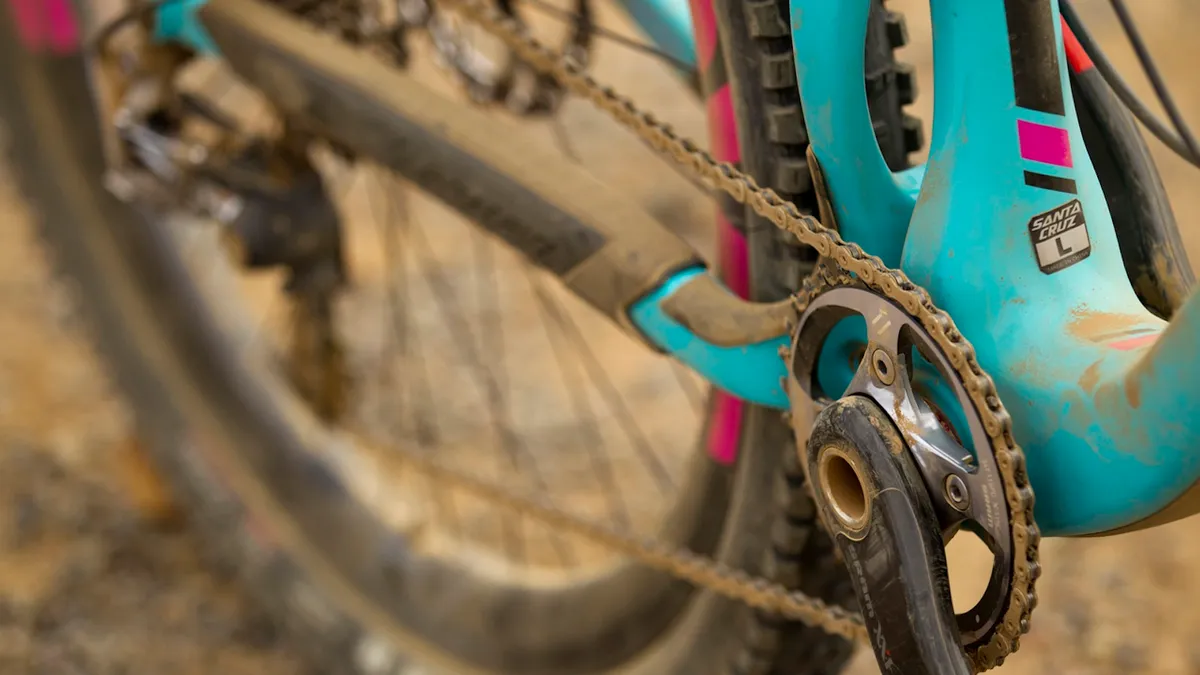
There's no provision for a front derailleur on the new Nomad
How far into the future does Santa Cruz work? Are the next generations of the Nomad and Bronson already on the drawing board? Are they already being ridden?
It depends on the model really. The Nomad was started in mid-2011 and it's 2014 now. That’s more of an exception however. We work on changes to things quite a bit, but typically don’t start a full redesign until we feel like we can make a significant improvement over the current design.
Some brands have a bit of a regional flavor to how their bikes ride. Do you feel this is the case with Santa Cruz? Do the Santa Cruz trails play a defining role in shaping the character of the bikes you build?
We are lucky to have some of the best trails a short ride from the door of the building in Santa Cruz. While we use our bikes on the local trails, the designs are influenced more by the people who work here. We don’t build bikes that we don’t want to ride, so those preferences are built in to our decision-making processes. We did get out of town quite a bit on the Nomad mule-testing process, from Finale Ligure to Downieville to Whistler to Santa Barbara.
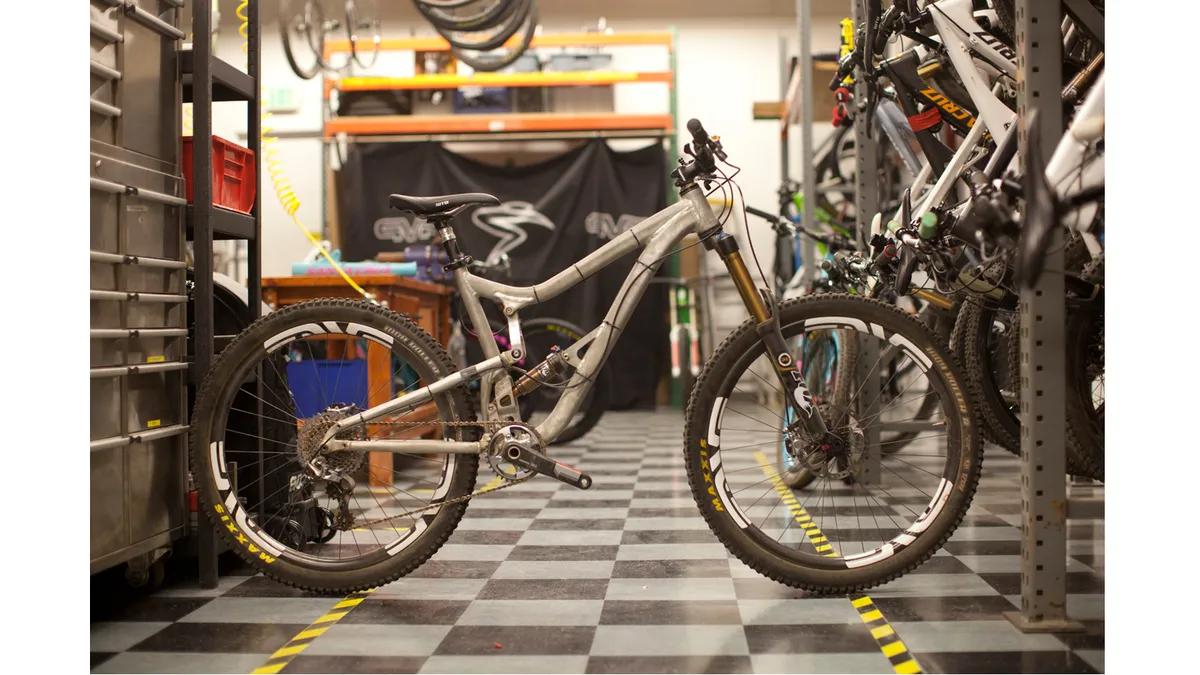
An early Nomad test mule clearly demonstrates that not all ideas make it into production
Which Santa Cruz model do you gravitate toward as your daily driver?
I ride the Solo locally, and the Bronson when I’m in the Sierras. Probably switching to a Nomad, though.
Santa Cruz launched an extensive 650b salvo last year. In the process, the company cleared out most of its 26in models. Some, but not all, of these bikes were replaced with 650b counterparts. Is there a place for shorter-travel 650b models (bikes with less suspension travel than the Solo) in the Santa Cruz line? Is a 650b hardtail in the works? What about a 650b XC full suspension?
Yes.
VPP aside, is there another suspension design you appreciate?
I don’t think any system itself has validity. It comes down to the execution of a system for a particular model. Anyone who rides and older Nomad compared to the latest design can testify to that, despite similar wheel travel and suspension system.
I prefer mechanical systems that are simpler and don’t require gimmickry or custom-made spring damper systems to work well. Our bikes are designed to last a long time, so we want to make sure riders can fit the latest shock technology to their bike in a few years time.
If you could wave a magic wand and make one new “standard” or technology disappear, what would it be?
Press-fit bottom brackets on mountain bikes. It's ridiculous how many ways this crappy system has been tried. Epoxying your BB in is acceptable?
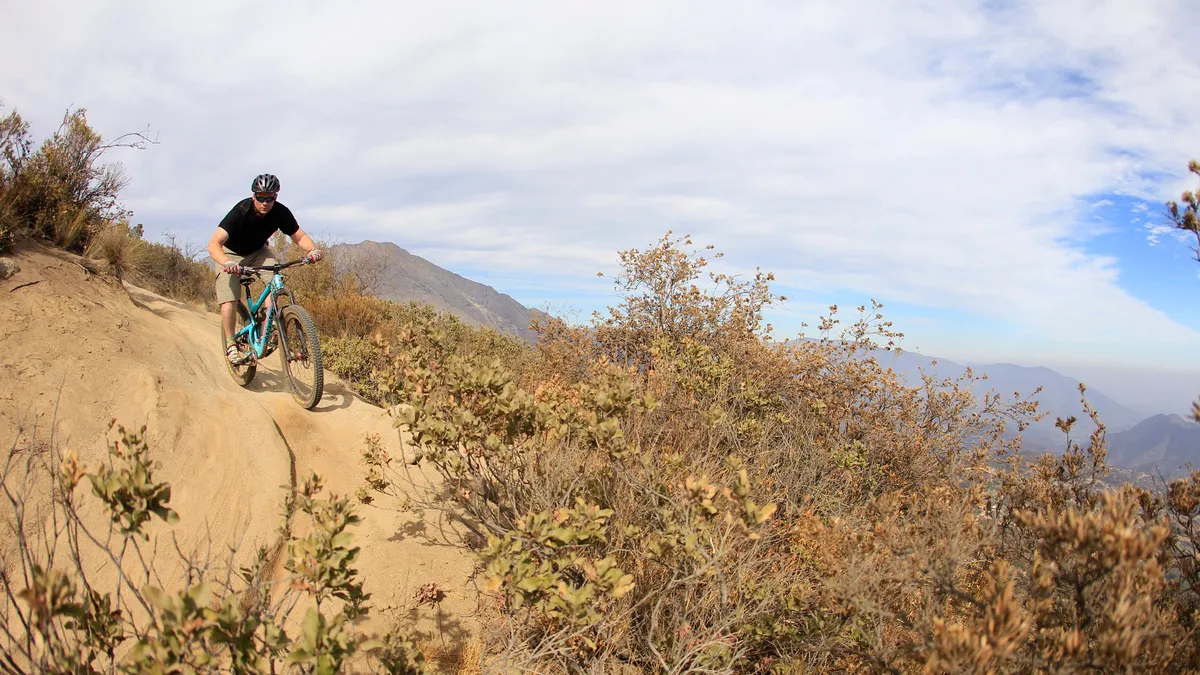
For a deeper dive into the musings of Joe Graney, visit Joe’s Corner, his tech blog on the Santa Cruz site.
